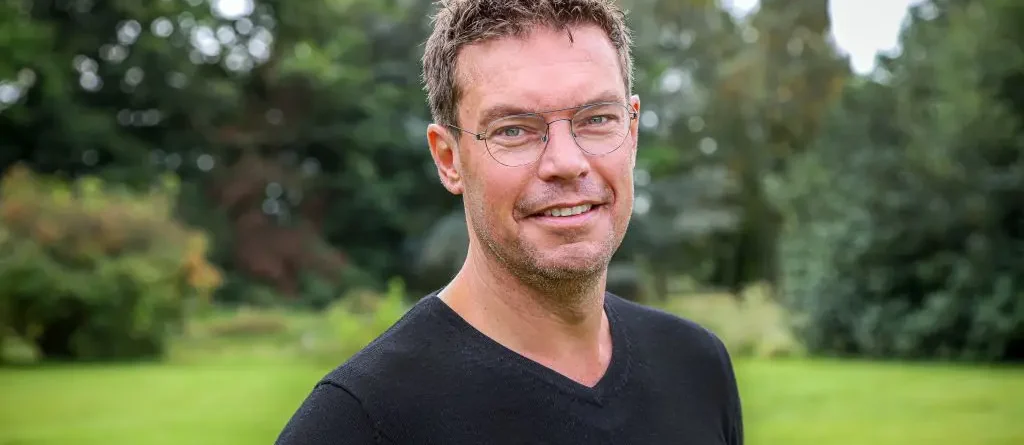On October 14th, I had the opportunity to take the stage at City & Financial Global’s 2nd International Carbon Markets Summit in London. My session focused on proving certainty for investors and corporate users of nature-based carbon credits, a topic that’s increasingly crucial in our evolving market landscape.
As I shared during my talk, “A forest carbon credit is more than a commodity—it’s a financial tool designed to drive behavioral change.” This perspective is vital as we navigate the complexities of carbon markets. Each project is unique and must be designed on its merits. Obviously, all projects must adhere to the latest developments in standards and methodologies. Most design choices are logical and reflect market expectations. Yet some are less obvious or challenge certain criteria set by buyers. These deliberate and well-thought-through design decisions mustn’t automatically lead to discarding by buyers. Instead, buyers should engage with the developer regarding the underlying “why” of such decisions. This is particularly relevant when we are under pressure to scale climate solutions. The need for commoditization is clear—it enables trade and drives volume. However, this necessity often grinds with the pursuit of quality and integrity in our projects.
The challenge lies in integrating these two interests: the need for standardized volume for trade and the uniqueness of designing high-quality projects. How do we bring these worlds together?
The importance of dialogue and understanding
I emphasize the importance of engaging in dialogue with project developers and proponents of nature-based climate solutions. It’s not enough to simply assess the “how” and “what” of a project when assessing quality. We must delve into the “why” behind the decisions made on the ground. Understanding the unique circumstances of each project enhances our ability to evaluate its quality effectively. In my experience, discussing the rationale behind certain choices provides invaluable insights that mere adherence to standards and criteria cannot offer. This engagement must occur at the project level, where we can uncover the distinct aspects that contribute to the project’s integrity.
As project developers, we navigate a landscape filled with layers of ever-evolving standards, ratings, policies, and criteria. While these elements serve an essential purpose, they can sometimes obscure the nuances that define the quality of a project. We need volume in trading to meet our climate goals, but we must not sacrifice the distinctiveness of individual projects in the process. The question remains: how do we ensure that the unique characteristics of each project are not lost in the rush to commoditize?
Navigating the future
The future of the carbon market is a complex interplay of necessity and idealism. As we strive to scale our efforts, the need for financial mechanisms and commoditization will only grow. However, we must not lose sight of the fundamental purpose of nature carbon projects: to effect meaningful change in climate resilience, biodiversity, and the socio-economic conditions of communities worldwide.
I pose a crucial question for us all to consider: How do the needs for commoditization and project integrity correlate over the next five years? The urgency of our climate crisis demands thoughtful answers and collaborative solutions. The path forward in the carbon market requires us to balance scale with substance.
Let’s continue this discussion as we work together towards a sustainable future.
This blog is written by Michel Schuurman – Director Business Development at Treevive


